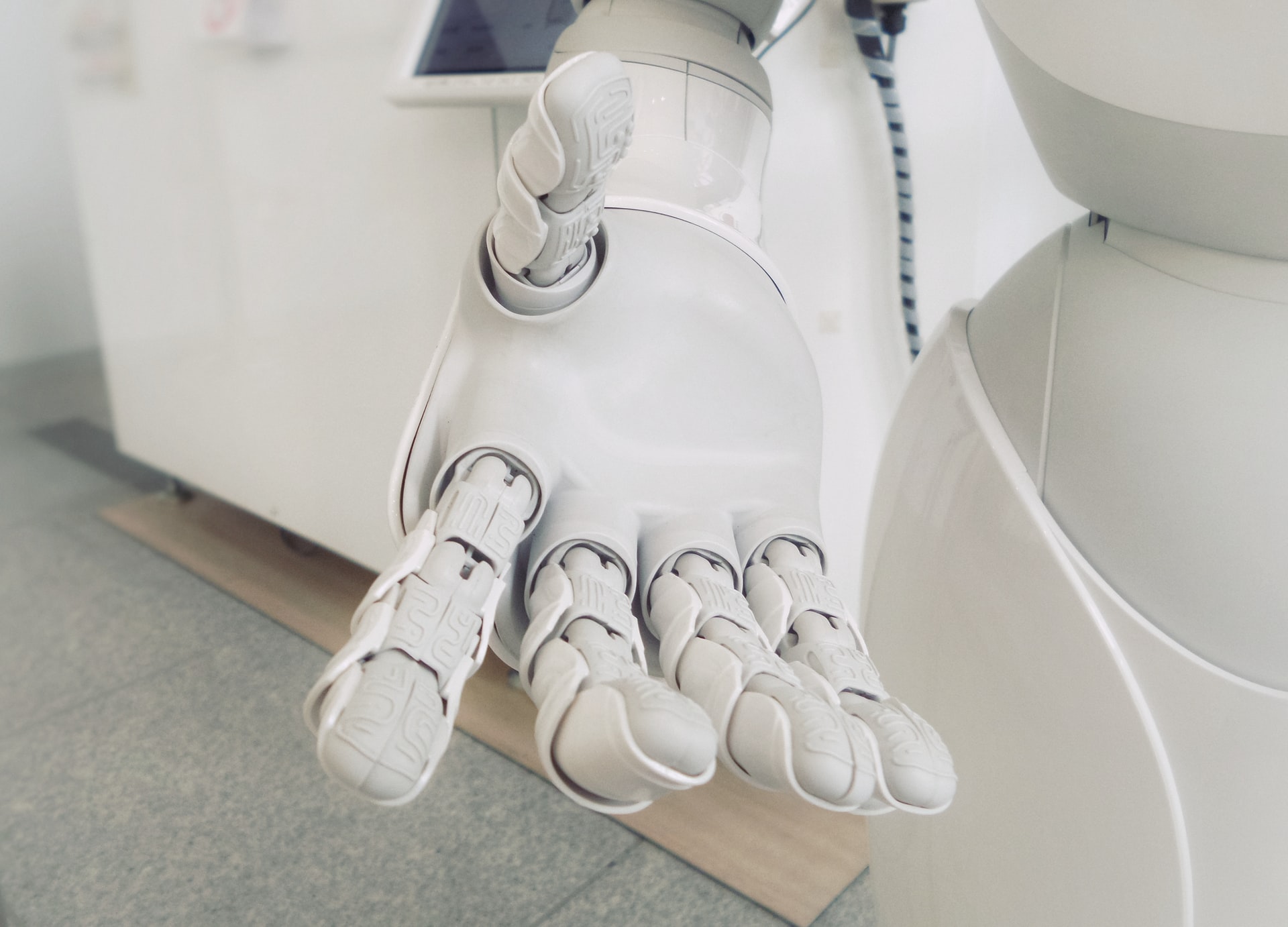There aren’t enough workers!
by William Meisel
Computer technology—Artificial Intelligence in particular—is often viewed as a threat to take over so many jobs that humans become “superfluous,” as one expert put it. The reality today is a worker shortage, not a job shortage. As the number of working-age individuals relative to the population shrinks, we need computers to do more jobs to maintain economic growth. Further, if the U.S. is to depend less on foreign production, we need computers to drive automation and support domestic factories that are economically competitive.
Workforce trends are creating a crisis, but there is no shortage of jobs. As the pandemic receded, U.S. employers added 431,000 jobs in March 2022 and 428,000 in April, according to the Labor Department. The unemployment rate dropped to 3.6% in both months, just slightly above the half-century lows it had reached before the pandemic. U.S. employers posted a record 11.5 million job openings in March 2022.
Computers are not taking jobs from humans. The fear of automation taking jobs is not new; technology has always eliminated some jobs and created others. This “creative destruction,” as Joseph Schumpeter put it, has historically been balanced between the creation and destruction of jobs. A focus on computers being able to do tasks that used to require humans ignores the tasks that computer technology has added to many human jobs, e.g., dealing with a barrage of business email.
Technology has created efficiencies that allow economies to grow. Economists argue that increases in productivity are necessary for growth in Gross Domestic Product if that measure of economic health is not going to simply reflect the growth in the workforce. This is even more true as the pool of workers as a fraction of the population declines; fewer workers can’t create growth unless each produces more. Recessions are created by bursting bubbles or externalities such as pandemics, not by computers taking jobs.
The U.S. economy (and that of most developed countries) faces an impending shortage of workers relative to a growing population of retired workers. In 1950, eight percent of the population was 65 or over; in 2019, about 16.5% of the U.S. population was 65 years old or over. The fraction over 65 is expected to reach 22% by 2050. In the U.S. in early 2022, people 55 and over that the pandemic had denied work were returning to work at much lower rates than younger workers.
Improvements in healthcare have led to our living longer. According to the World Bank, life expectancy increased from 69.8 years in 1969 to 81.2 years in 2019—more than 11 years in half a century. Current medical research directed at slowing aging may accelerate that trend.
Further, the U.S. birthrate declined for the sixth straight year in 2020, adding to the long-term trend of an older population. A Pew Research Center survey in late 2021 found that a rising share of U.S. adults who are not already parents say they are unlikely to ever have children.
Rather than a danger to society, computers will be required to support humanity by doing an increasing part of the work necessary to support an economy. Fortunately, steadily increasing computer power can support increased automation both through pure processing power and through technologies such as AI that growing computing power makes possible.
Increasing computer power is famously driven by Moore’s Law allowing ever more complex chips. But growth in computer power is also driven by other trends as well. Specialized chips such as Graphical Processing Units accelerate specific tasks by doing several things at once—“parallel processing”. “Cloud computing” allows even small companies to rent time on huge computing centers at affordable rates. Devices such as smartphones do an increasing amount of computing on the device, with every new model more powerful than the last. Even if Moore’s Law reaches its limits, computing power will continue to grow exponentially, driving improved AI as well as new innovations beyond AI.
Another trend requiring automation is over-dependence on other countries for producing a U.S. company’s products or components of their products, semiconductor chips being a current obvious example. This concern is motivating companies to support manufacturing more products in-country, driving a worldwide trend reversing globalization. This major trend may force countries with relatively high wages such as the U.S. to accelerate adoption of increased automation. Increased efficiency makes it economically feasible to bring back factory jobs.
Computers and automation, rather than being a threat, are a solution for advanced economies. Computers must do more jobs.
This article is based in part on Dr. Meisel’s recent book, Evolution Continues: A Human-Computer Partnership,2022.
Contact: [email protected], 818-708-0962



